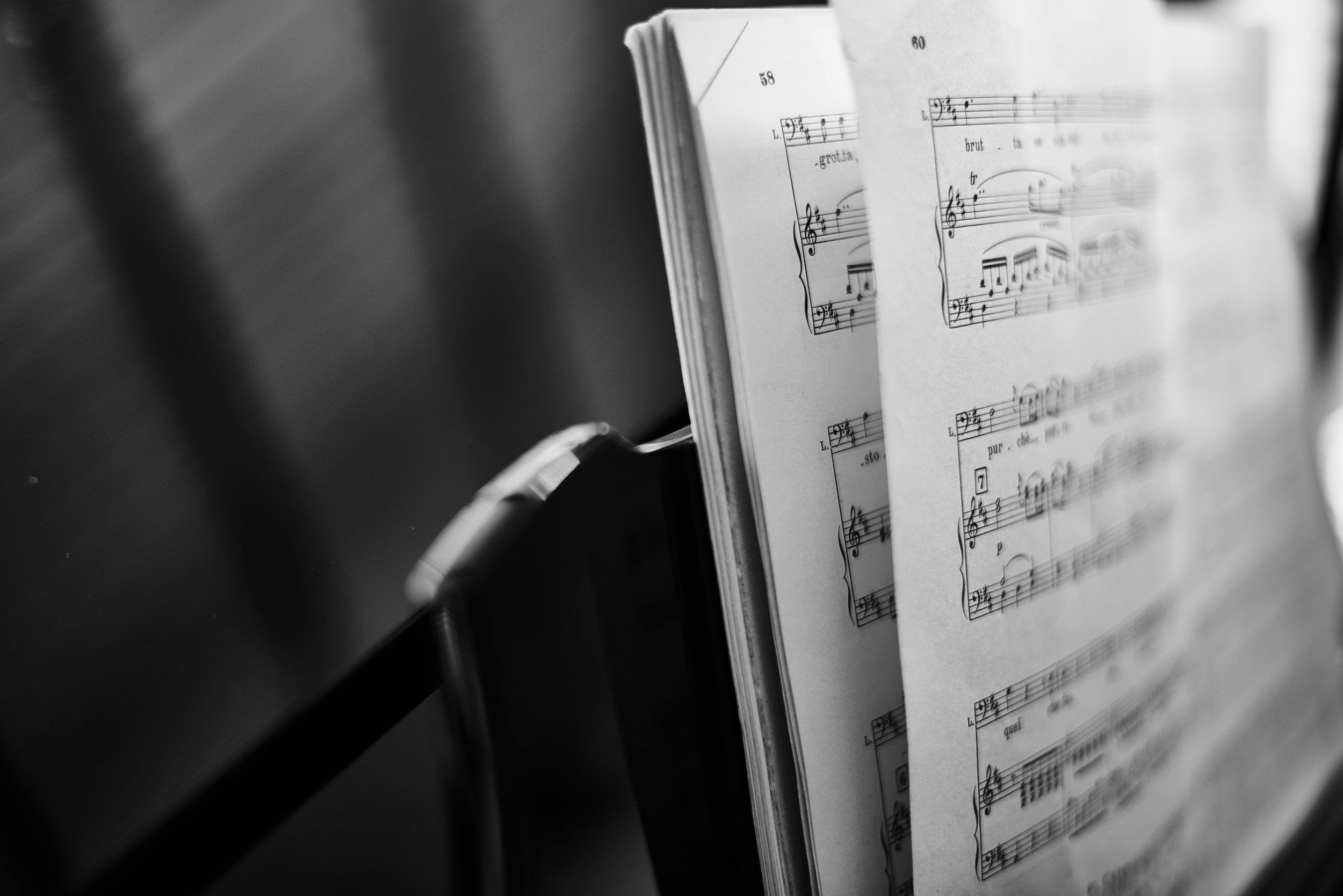
How to Teach Sight Reading
~Σε αυτό το τμήμα οι μαθητές διδάσκονται όλα τα στυλ μοντέρνας μουσικής~
Yes, that’s right. The sentence above is Greek or maybe just Greek to some of us. You could read and understand it if you knew how to read Greek. It says, “In this department students are taught all modern styles of music.” How is this related to music reading?
Well! When students struggle how to read music, they feel the same way: Lost and helpless. Everything they see on the paper is Greek to them. They often find any excuse possible not to practice. After lots of battles with parents, they may hit a wall and quit, and unfortunately it is not their fault. It is the teacher’s fault for failing to teach them how to read properly from day one.
Great music teachers around the world teach notes very early regardless of the level. In my own experience, one of the most important elements of retaining students and keeping them excited is their ability to read music. Since I teach piano, I am going to be a little more specific with some tips on how to teach piano players how to develop good reading skills quickly. Good reading skills not only keep students excited at all times but also help them develop great technique if combined with the right exercises. (These techniques can be applied to the teaching of other instruments as well.)
Flash cards
-
Start by having students memorize treble clef flash cards and focus only from C4 (middle C) to G4 for the left hand, and from C5 to G5 for the right hand. This can be done with all students even the very young beginners regardless of their level of playing, motor skills and their hand position. Make sure that eventually a two-octave treble clef range is mastered before bass clef is introduced. This is what great piano teachers/masters like Clementi, Czerny and Beyer did and always produced great players.
-
Using the same notes, create your own 4 measure exercises first for one hand at a time or use the book “Beyer opus 101.” Teaching the student to practice one hand at a time is very important. It will help students to play with confidence and accuracy at all times.
Technology
-
Since students are surrounded by technology nowadays, use iPads (of course with the permission of parents). There are many apps and even free websites such as musictheory.net that can be used during lessons or as weekly assignments. However, I would strongly recommend using the flash cards first to memorize the notes. The apps should be used only as supplementary practice tools.
Solfege
-
When Rhythmic and Melodic Solfege become a part of the lesson from the very beginning it helps students read rhythm and notes with confidence.
Sight reading
-
Unprepared exercises boost the confidence and the self-esteem of students if done regularly. Exercises should always be much easier than the exercises students practice during the week and don’t always have to be for both hands.
Don’t forget we’re responsible to give students a great learning experience by always making sure that students understand music as a language. If they don’t understand it, it will always end up becoming a battle and will only result in students quitting music.